The happy Violinist 1624
Oil on canvas, 83 x 68 cm
[br]
Description:
The subject of the present canvas is Italian in origin and can be associated with the work of Bartolomeo Manfredi, one of Caravaggio’s Italian followers. Dated to the period immediately after Honthorst’s return to Utrecht, it reveals the transformation of his style over the previous decade. The light is more coherent in compari...
- Credit:
- Courtesy of Thyssen-Bornemisza Museum
More from this artist...
Loading...
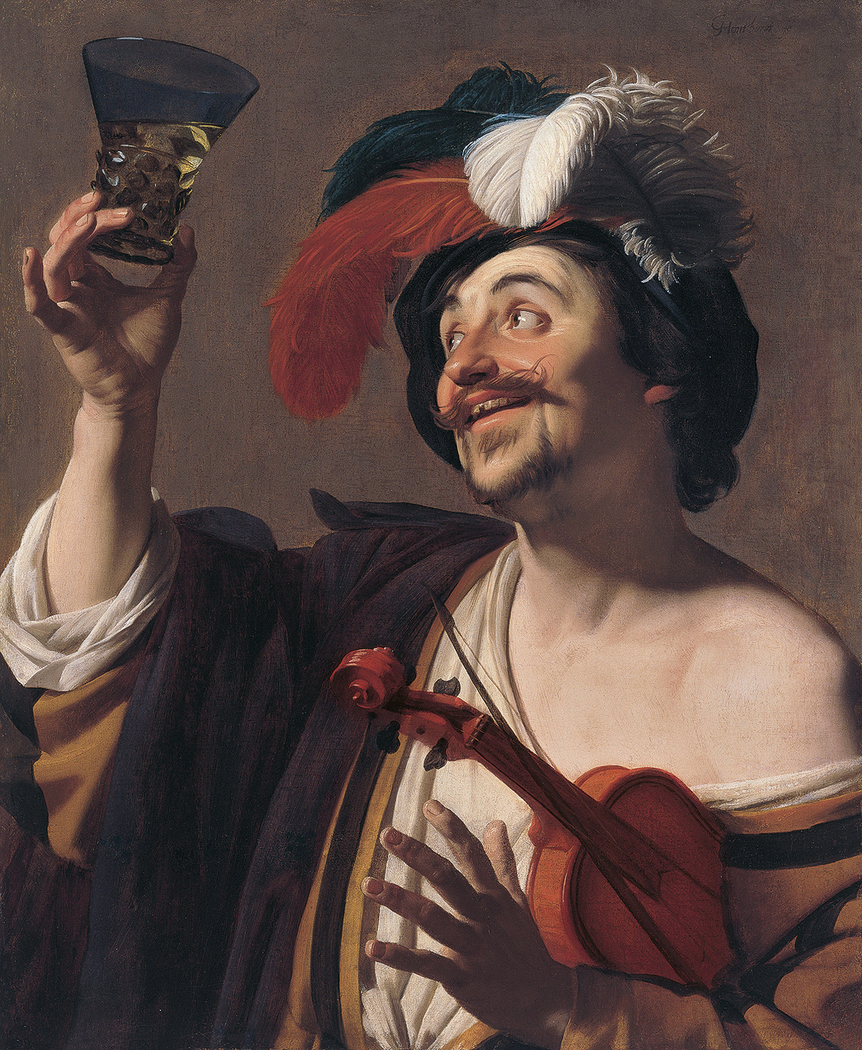
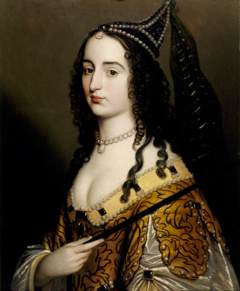
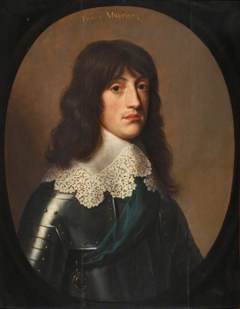
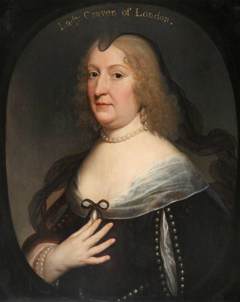


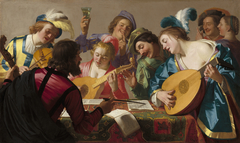
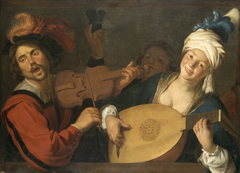
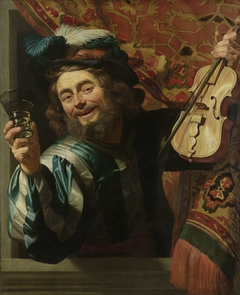
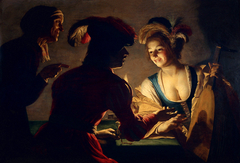
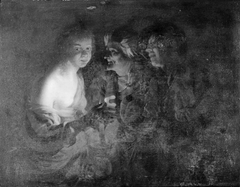
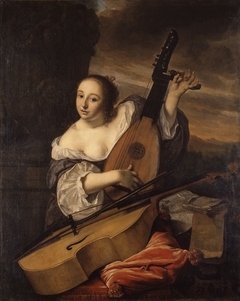
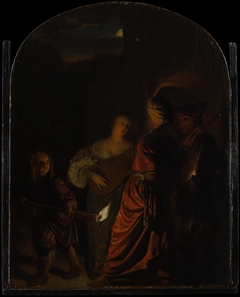

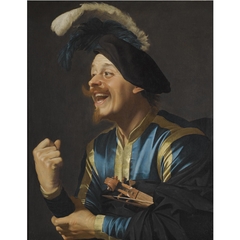
Discussion